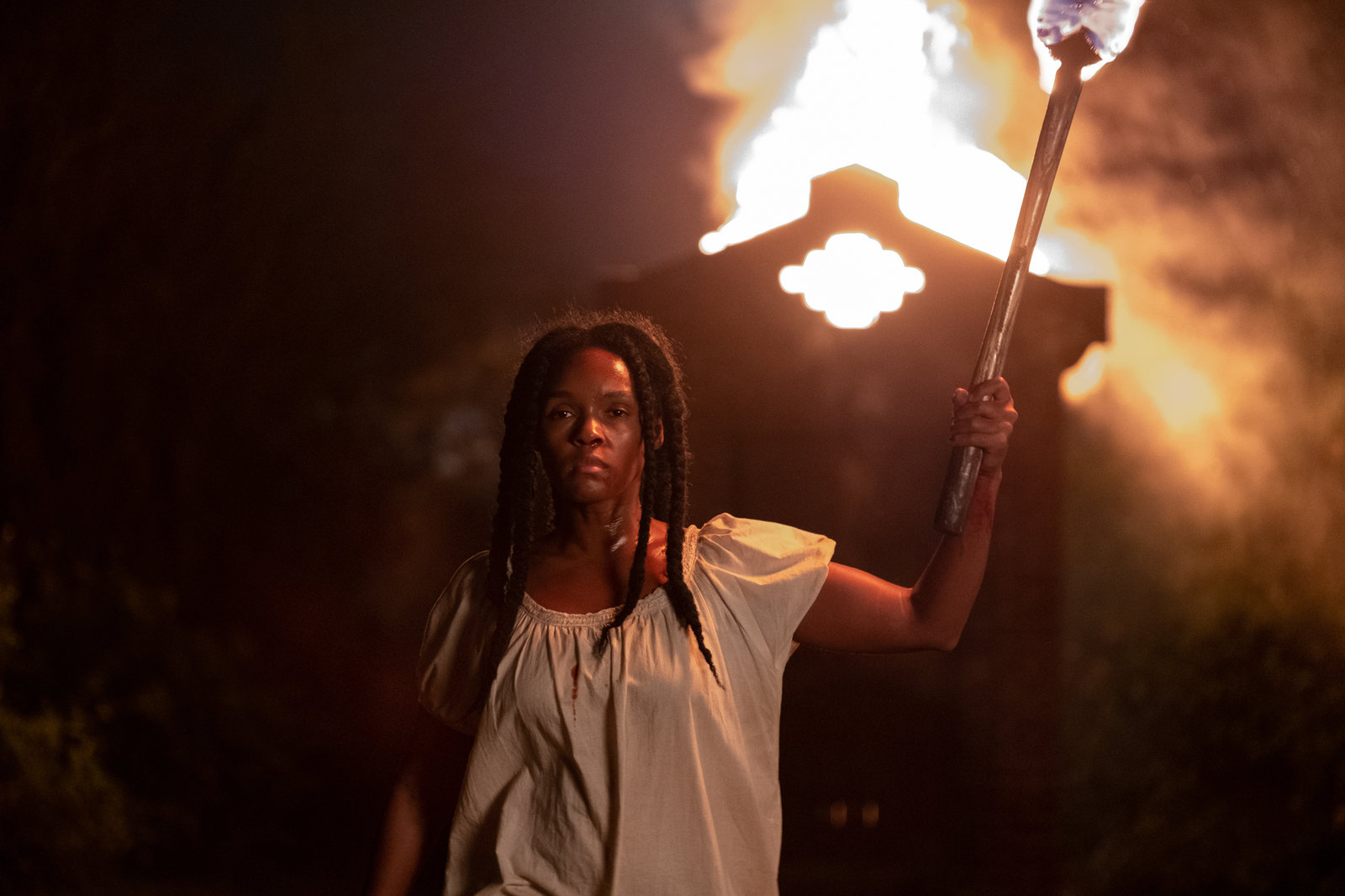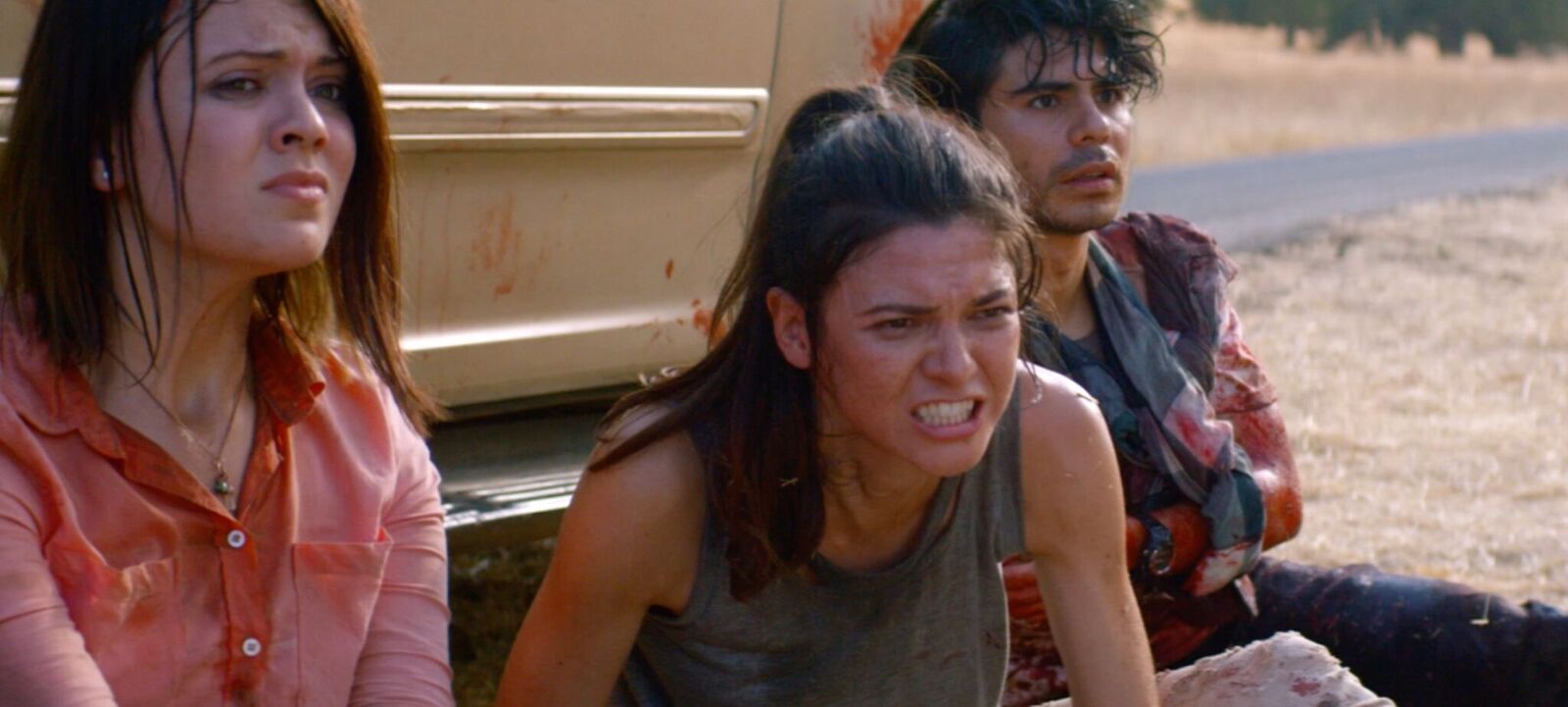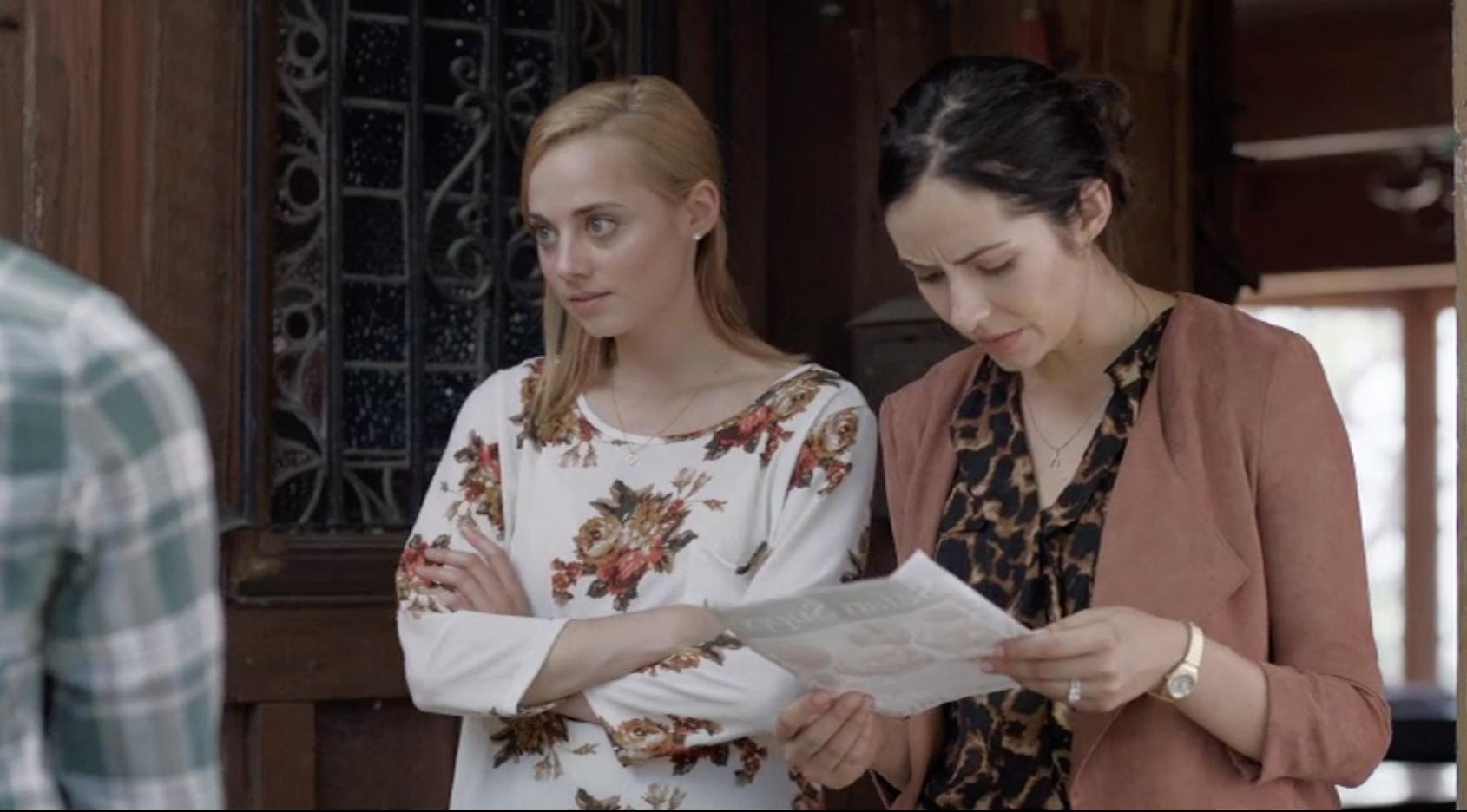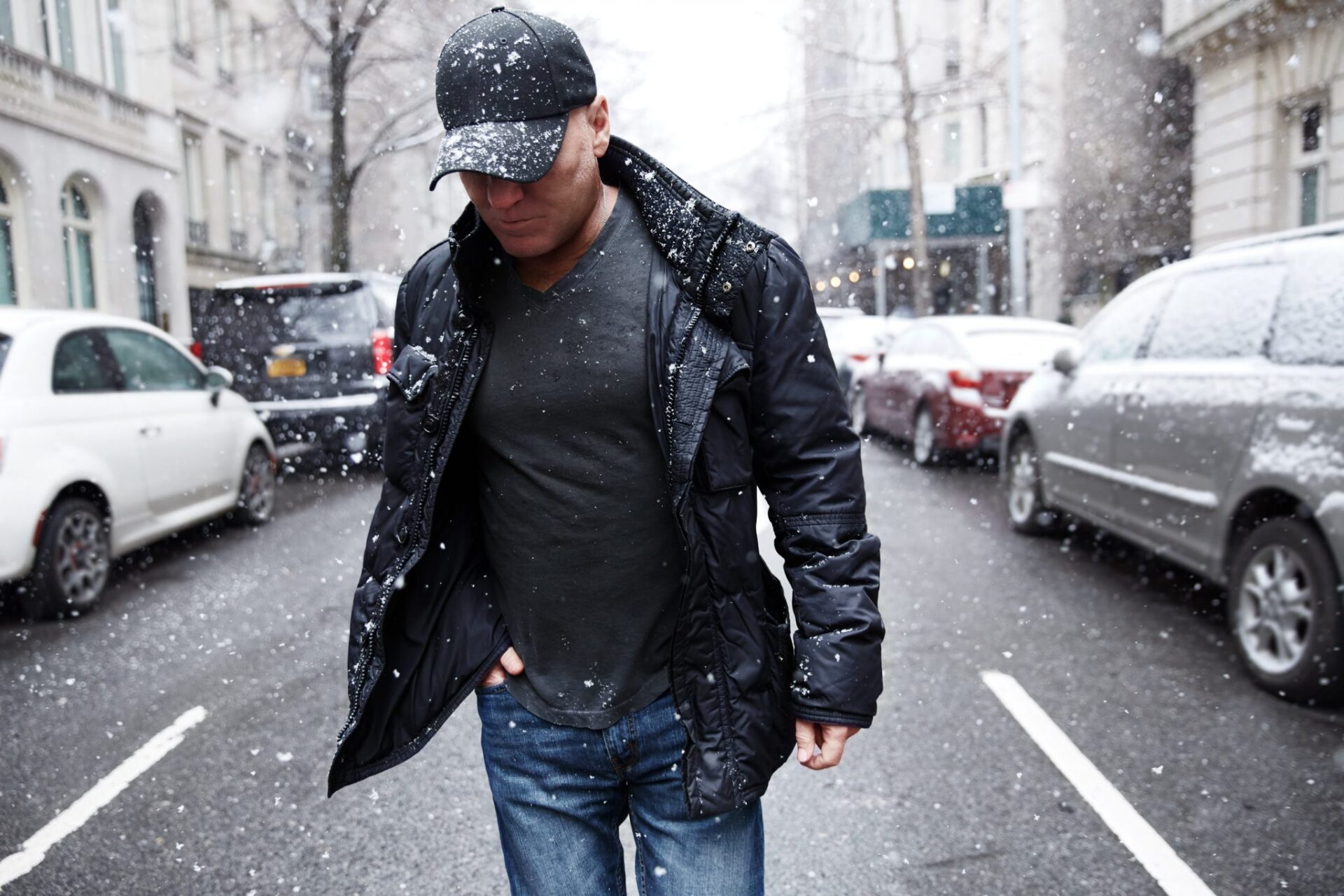Movies are one of the best artistic tools we have to convey the quote from writer and philosopher George Santayana, “Those who cannot remember the past are condemned to repeat it.” 2013’s Oscar award-winning 12 Years As A Slave displayed America’s horrific history with slavery in an emotional, graphic period piece. Movies like this have some criticisms levied against them – on one hand, you want to capture that historical context, but also given the abundance of them, it’s not the only personification of the Black experience. Antebellum concerns itself with parallel – co-director/writers Gerard Bush and Christopher Renz attempt to highlight racism’s insidious legacy from two different lenses.
As you enter the film, Pedro Luque’s cinematography sets the stage for the Civil War time planation it presents us with. The color grades have a sinister contrast- on one hand, lush plots of land and crops contrast against a waning sunset. From there, confederate soldiers pepper around slaves, and an atrocity is committed, unveiling itself in a slow-motion montage around dark, foreboding tones. Eden (Janelle Monáe), our main character, has been at this planation for quite some time. She meets Julia (Kiersey Clemons), another slave brought to the plantation who seems to know from somewhere, and Eli (Tongayi Chirisa), who is trying to plan a rebellion and avenge a loss to his lover.
The plantation’s brain trust is Captain Jasper (Jack Huston), his wife Elizabeth (Jena Malone), and Him (Eric Lange). Bush and Renz provide a very graphic depiction of how these slaves are treated within the first act of the film – both in physical and emotional anguish. This is in contrast to Eden’s present counterpart, Veronica Henley. She’s a highly successful and decorated author, has a loving family and friends, and confidently combats a world that means her powerful sense of liberation with bigoted cynicism.
The sudden twist and turn that Antebellum takes doesn’t serve as a thrilling aphorism or realization; it undermines the overall message and muddies its impact. There is something to be said of America’s long history with its racist practices and many ways to critique it. Antebellum initially lays the groundwork for interesting story threads. A concept of ancestry and how trauma transfers through bloodlines. Also, one of voice – when you’re inclined to use it to free yourself and others and those who look to quiet you.
When expounded upon, these themes can lead to a needed conversation that bridges roads in history. However, the movie itself gives hints to where it can go and discards it to shock you. Antebellum shifts its value from intergenerational impact to shock – when the real disturbing thing is that racism too has it’s own long-running DNA strands. Thus, the physical and emotional wounds that are inflicted on characters at the beginning of the movie feel shoehorned to show the pain we are used to seeing in other slave movie narratives.
Throughout the second half of the movie, Veronica’s relationship with her daughter is highlighted. It’s important to her the example that she shows and yet, she still doesn’t feel like she’s doing enough. That is a specific and telling plight with Black parents – you can give the world to your children, yet there’s an internal conflict given the state of the world around you. With her successes as a Black woman, she conveys how much it means to instill that limitlessness within her daughter. To change the world where that constitutes Black women shouting down racism as ‘angry.’ Again, another intriguing concept that the movie itself pushes aside once the third act reveals itself to the audience.
Another problem lies in what Antebellum portrays to be the villains – as their present-day counterparts have a hollow and cartoonish feel. Veronica’s character experiences a lot of micro-aggressive instances of prejudice once the film shifts into the present day. Directors Bush and Renz give us a glimpse of Veronica’s character around her supportive friends Dawn (Gabourey Sidibe) and Sarah (Lily Cowles) as they enjoy the fruits of their labor and implore the world to acknowledge it. There’s an attempt to build an atmosphere at something feeling off within a horror container that isn’t as spooky as it’s trying to convey.
Monáe’s performance as Veronica and Eden is compelling within the story that’s she provided. You believe her when she displays both strength and desperation as she splits between the two timelines. The barbaric practices of slavery seem ripe to be depicted in a horror film – as these stories continue to sting our modern world. It’s something that no hockey mask-wearing, machete-wielding antagonist can quantify in a two-hour runtime. Given the present times and the fight for racial equality, Antebellum had a real chance to show how much progress we as a country still need to make. Unfortunately, the choices made will bring about more questions than needed contemplation.













